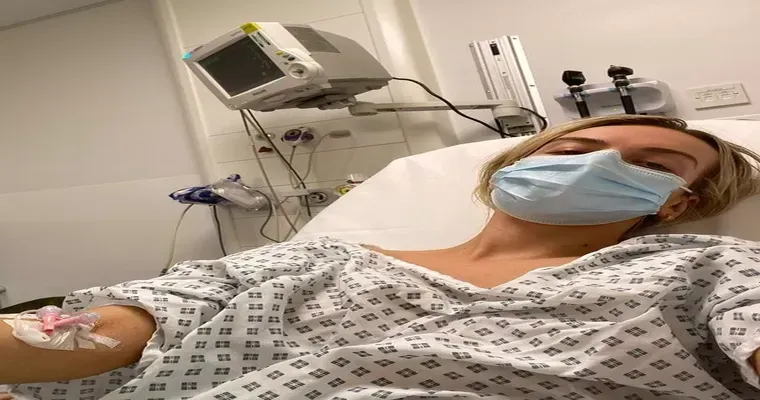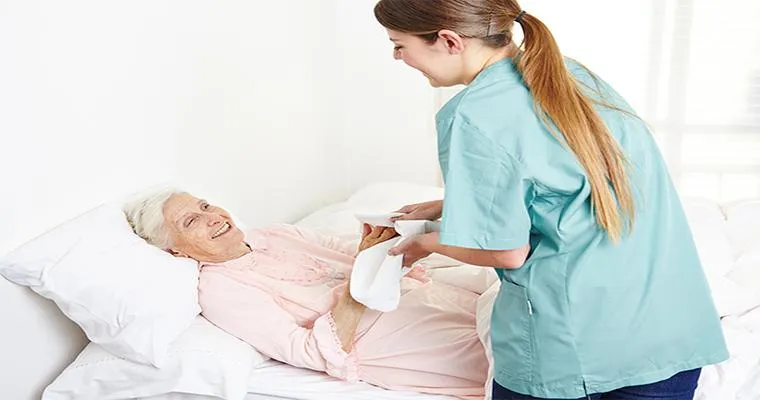As women age, they often face various "bladder control problems" that can significantly impact their quality of life. These issues, commonly referred to as "urinary incontinence", can manifest in several forms, affecting both physical health and emotional well-being. Understanding these common bladder control problems is essential for finding effective solutions and improving overall health in senior women.
One of the most prevalent types of bladder control issues in senior women is "stress incontinence". This occurs when physical activities such as coughing, sneezing, laughing, or exercising put pressure on the bladder, leading to involuntary leakage of urine. Stress incontinence can be particularly distressing, as it may deter women from engaging in social activities or physical exercise.
Another significant bladder control problem is "urge incontinence", characterized by a sudden and intense urge to urinate followed by an involuntary loss of urine. Many senior women experience this condition due to changes in bladder function or pelvic floor muscles. Urge incontinence can lead to frequent bathroom trips, disrupting daily routines and causing anxiety about finding accessible restrooms.
"Mixed incontinence" is also common among older women, combining elements of both stress and urge incontinence. This dual nature can make it more challenging to manage and treat. Women experiencing mixed incontinence often find themselves navigating the complicated interplay between physical activity and sudden urges, leading to frustration and embarrassment.
In addition to these conditions, "functional incontinence" can occur in senior women, particularly those with mobility issues or cognitive impairments. This type of incontinence happens when an individual is unable to reach the bathroom in time due to physical limitations or confusion. It is essential for caregivers and family members to be aware of this issue, as it may require additional support and accommodations.
The causes of bladder control problems in senior women can vary widely, including hormonal changes, childbirth, obesity, and pelvic floor disorders. Lifestyle factors such as diet, fluid intake, and physical activity can also play a significant role. For instance, consuming excessive caffeine or alcohol can irritate the bladder, exacerbating incontinence symptoms.
Fortunately, there are numerous treatment options available for managing bladder control problems. Lifestyle modifications, such as weight management, pelvic floor exercises, and bladder training, can be effective in alleviating symptoms. Additionally, pelvic floor physical therapy and medications may provide further relief for those struggling with more severe incontinence.
In some cases, surgical interventions may be considered to address underlying issues contributing to bladder control problems. However, it is crucial for senior women to consult with a healthcare professional to explore all available options and determine the best course of action based on their individual circumstances.
In conclusion, "bladder control problems" are a common concern for senior women, encompassing various types of incontinence that can significantly affect daily life. By understanding the different types of incontinence and their causes, women can take proactive steps towards managing their symptoms and improving their overall quality of life. Seeking professional guidance and support is key in navigating these challenges and finding effective solutions.





